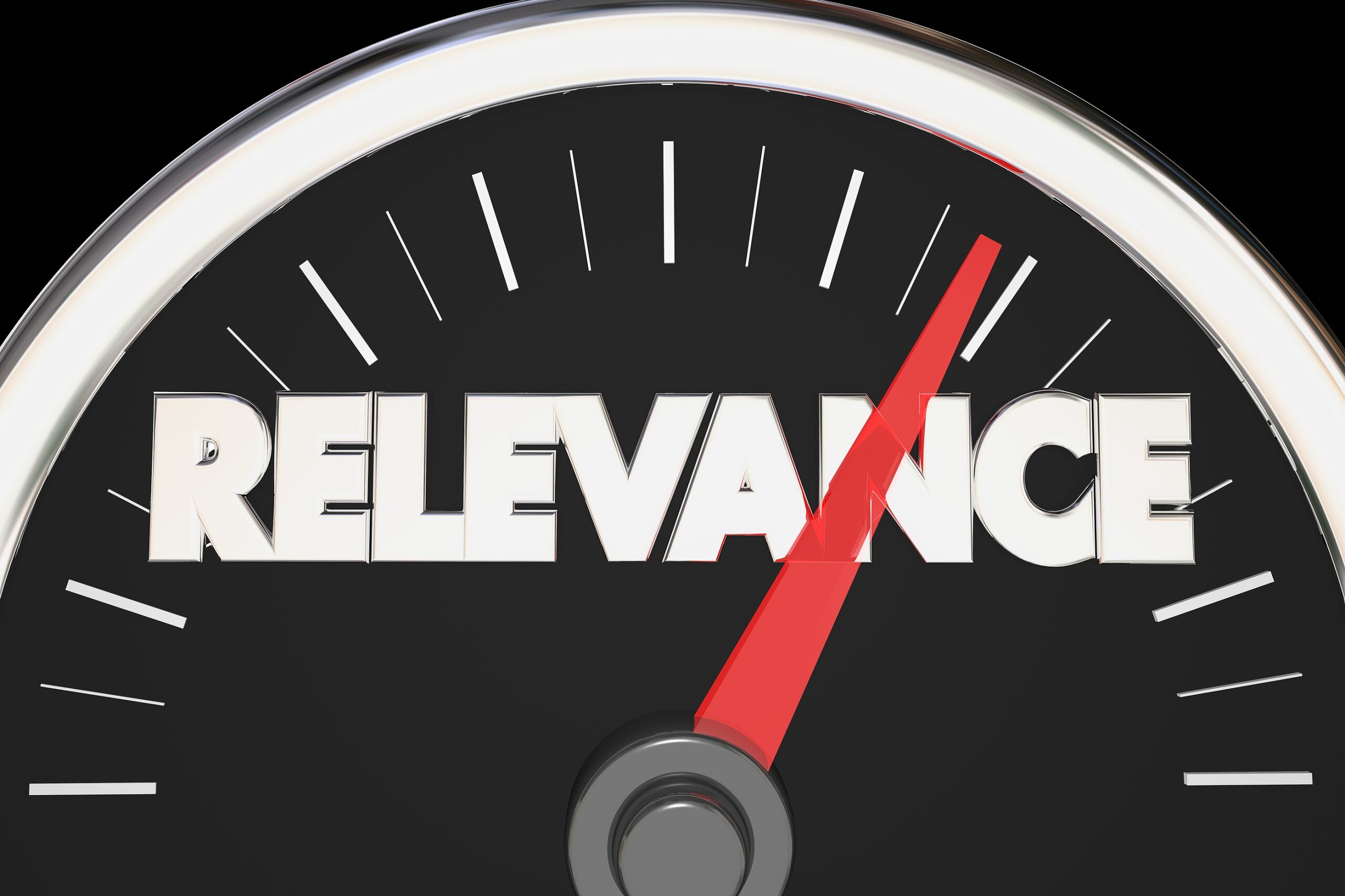Comments
- No comments found

When you recognize that things change ever so rapidly in the world, you may already feel disrupted before anything has even happened.
The negative view many have about disruption is the result of it happening to you, causing you to have to manage a crisis. My desire for all of my clients and followers is to excel as positive catalysts within their industry, attracting new customers and making a positive impact on the world. This can be achieved by enhancing relevance, streamlining customer interactions, and proactively anticipating future developments.
In a recent episode of Opportunity Hour: Conversations with the Masters, I spoke with a real master of improving on those three concepts: Joe Calloway. Joe is an author, investor, entrepreneur, and business advisor who has invested in and advises companies ranging from snowboard manufacturers to bourbon businesses.
Having written eight bestselling books including The Leadership Mindset and being a principal at the Disruption Lab, a consulting group that advises companies on strategies for innovation and growth, Joe spoke on how business leaders can stay ahead of disruption instead of trying to avoid it.
Joe and I firmly believe that staying ahead of disruptive forces involved not only mastering Hard Trends and Soft Trends but also actively engaging in discussions about relevance.

When the question of “How do we stay relevant?” emerges, this can first be connected to my previous discussions of pre-mortems. Post-mortems are conducted after disruption, product failure, or, worse, company collapse, where business leaders and C-suite executives question what exactly went wrong.
Instead of ending up asking, “Why have we become irrelevant?”, a relevancy pre-mortem prompts a mindset of progressive innovation. What I often implore clients to examine closely is what could put them out of business. Identifying that a certain Hard Trend future certainty on the horizon may make your current product or service irrelevant allows you to take steps toward leveraging that Hard Trend to your advantage.
Making a change to your business or organization to make it relevant in the exponentially changing world of today means you are already behind. Making a transformation in the world of tomorrow will keep you relevant by way of innovation! Both Joe Calloway and I agree that one way to find your key to transformation is by simply changing your vision or mission statement to an impact statement.
An impact statement is more results-oriented than a mission or vision statement, as, again, it is about action as opposed to reaction. Change coming from the outside in will disrupt and ultimately cause irrelevance, while transformation comes from the inside out, keeping your organization relevant.
According to Joe, solidifying your relevancy as a business or organization in any industry can also stem from being different. Now, this is not necessarily in relation to just looking different in your marketing and branding — what this should incorporate is actually being better by being different.
And what we both mutually find to be a different approach in today’s world is simplification.
Too much of the innovation mindset has to do with making new products or services overly complex, assuming always that “more is better” with respect to anything simple somehow being less than stellar. But simplifying often cuts to the chase with many customers and makes life much easier for them, and despite popular assumptions, it does not always have to do with cutting anything out.

An example of an industry ripe for disruption that Joe Calloway is quite familiar with is healthcare. We have by no means tapped out the opportunities to innovate in healthcare, and Joe stated that he compared some of the processes of a hospital’s operation to an appointment he had for replacing tires on his car. He noted to me how easy his tire appointment was, and pondered how the same simplicity could be incorporated in healthcare.
This may be a crazy comparison, I know. Replacing your tires and caring for the well-being of a loved one is certainly apples and oranges in many ways. However, there are most definitely systems and processes in the healthcare industry that could be streamlined far better, for sure. Simplifying in this case comes from that pre-mortem, asking questions like, “How can you innovate to improve simpler access to healthcare?”, “How can the check-in process at a clinic be easier?”, and even “How can a hospital be easier to do business with?”
The answers may not be simple, but they are there and likely having to do with simplicity in the process. Creating a world of simplicity for your customers keeps you relevant more than you may realize!
A final thought to consider accelerating innovation is to think outside of the box with regard to innovation itself.
![]()
Joe Calloway is a real out-of-the-box thinker himself, and what he and I suggest is to put up your opportunity antenna and expand its reach well outside the boundaries of your industry. If you are in the auto manufacturing space, look to see what type of disruption is impacting the healthcare industry. If you are in healthcare, what disruptions are the accounting industry facing?
Perhaps this may appear to be yet another comparison of apples to oranges, but what this process does is break you out of your one-lane mindset, where industry innovation can only contain A, B, or C. This goes back to the example of a hospital taking a lesson or two about streamlining appointments from a tire replacement shop. To tie this to past blogs I have written, when I say, “Everything sucks, and Why That's Perfect!”, I mean it!
Within any given industry, everything does suck in some way and can be improved upon, but that comes with exponential thinking coupled with discerning between Hard Trends and Soft Trends. A Hard Trend impacting an industry not within your own can disrupt yours in its own unique way, so how can you uniquely leverage it to your advantage?
Don’t overthink your relevancy, but don’t let it stagnate! Practice effective Anticipatory Organization® strategies to increase relevancy and ultimately accelerate your innovation. This will undoubtedly create transformation from the inside out and position you and your organization to view disruption and change as a good thing.
Daniel Burrus is considered one of the world’s leading futurists on global trends and innovation. The New York Times has referred to him as one of the top three business gurus in the highest demand as a speaker. He is a strategic advisor to executives from Fortune 500 companies, helping them to accelerate innovation and results by develop game-changing strategies based on his proven methodologies for capitalizing on technology innovations and their future impact. His client list includes companies such as Microsoft, GE, American Express, Google, Deloitte, Procter & Gamble, Honda, and IBM. He is the author of seven books, including The New York Times and Wall Street Journal best-seller Flash Foresight, and his latest book The Anticipatory Organization. He is a featured writer with millions of monthly readers on the topics of innovation, change and the future and has appeared in Harvard Business Review, Wired, CNBC, and Huffington Post to name a few. He has been the featured subject of several PBS television specials and has appeared on programs such as CNN, Fox Business, and Bloomberg, and is quoted in a variety of publications, including The Wall Street Journal, Financial Times, Fortune, and Forbes. He has founded six businesses, four of which were national leaders in the United States in the first year. He is the CEO of Burrus Research, a research and consulting firm that monitors global advancements in technology driven trends to help clients profit from technological, social and business forces that are converging to create enormous, untapped opportunities. In 1983 he became the first and only futurist to accurately identify the twenty technologies that would become the driving force of business and economic change for decades to come. He also linked exponential computing advances to economic value creation. His specialties are technology-driven trends, strategic innovation, strategic advising and planning, business keynote presentations.
Leave your comments
Post comment as a guest